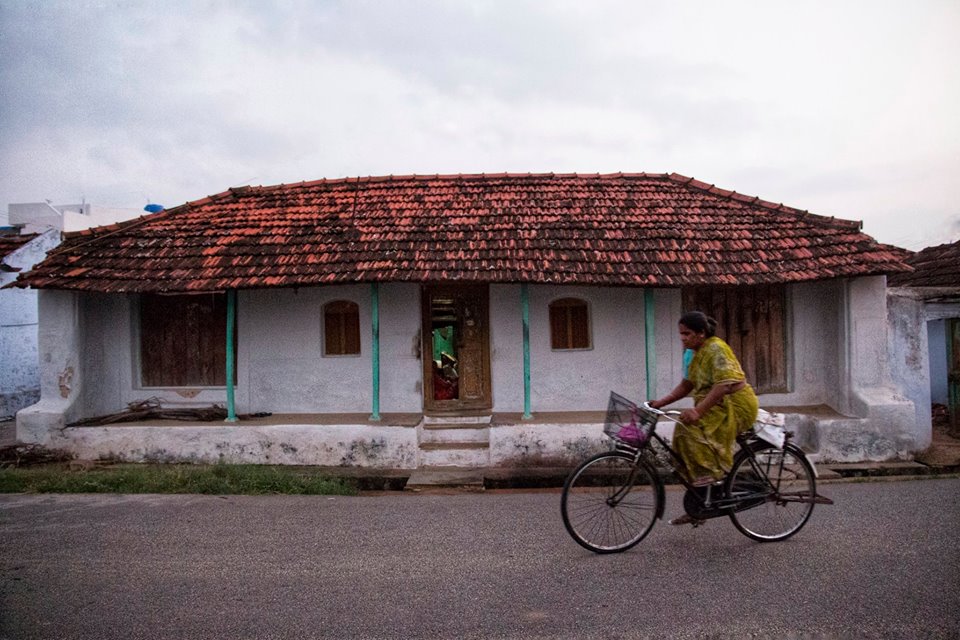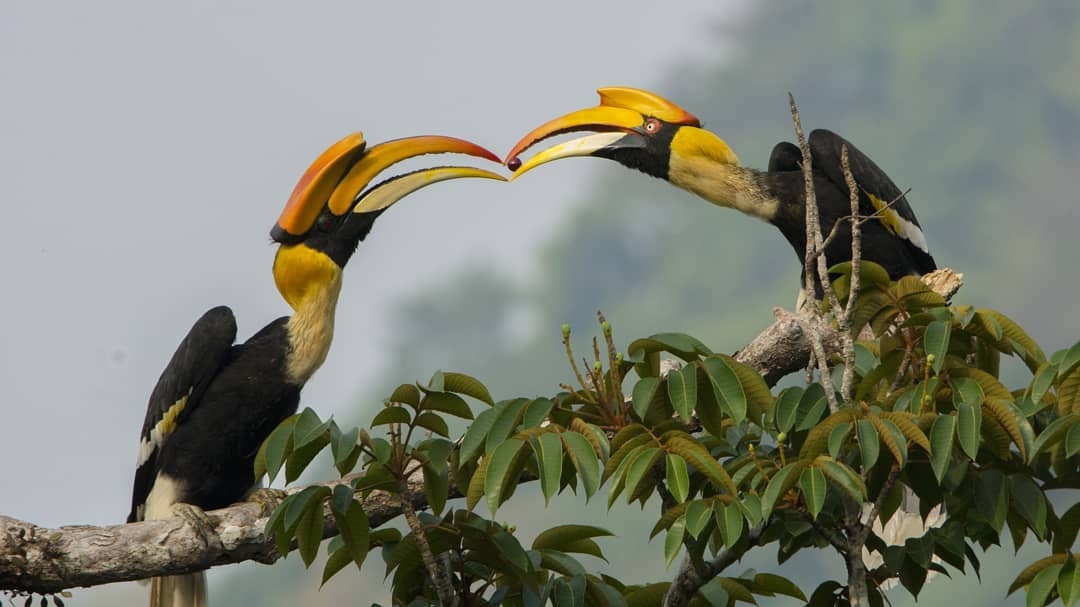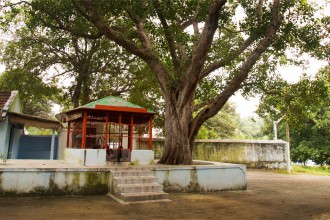In just my first visit, Pollachi has left a lasting impression on me, with vivid memories and special moments to cherish for a lifetime. As we first drove into the lushness as we entered the outskirts of the town, I effortlessly left behind the sense of unease that an urban environment brings to me. The mist-peaked Anamalai Hills as a canvas spread in the backdrop, surely helped enhance this feeling.
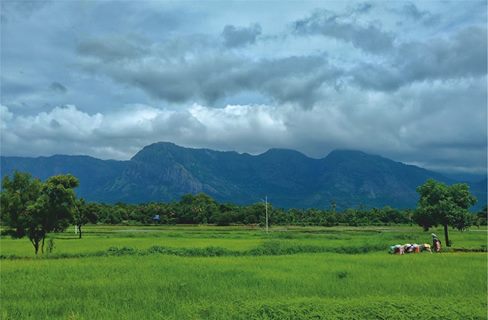
I rolled down the window to inhale the herbaceous, almost floral aroma of what assured to be a good crop. As we passed little hamlets of blue-walled, red-tiled homes, I realized that this was the traditional vernacular architectural fabric of the entire area, and very quickly warmed up to this visual description of a simple and humble life.
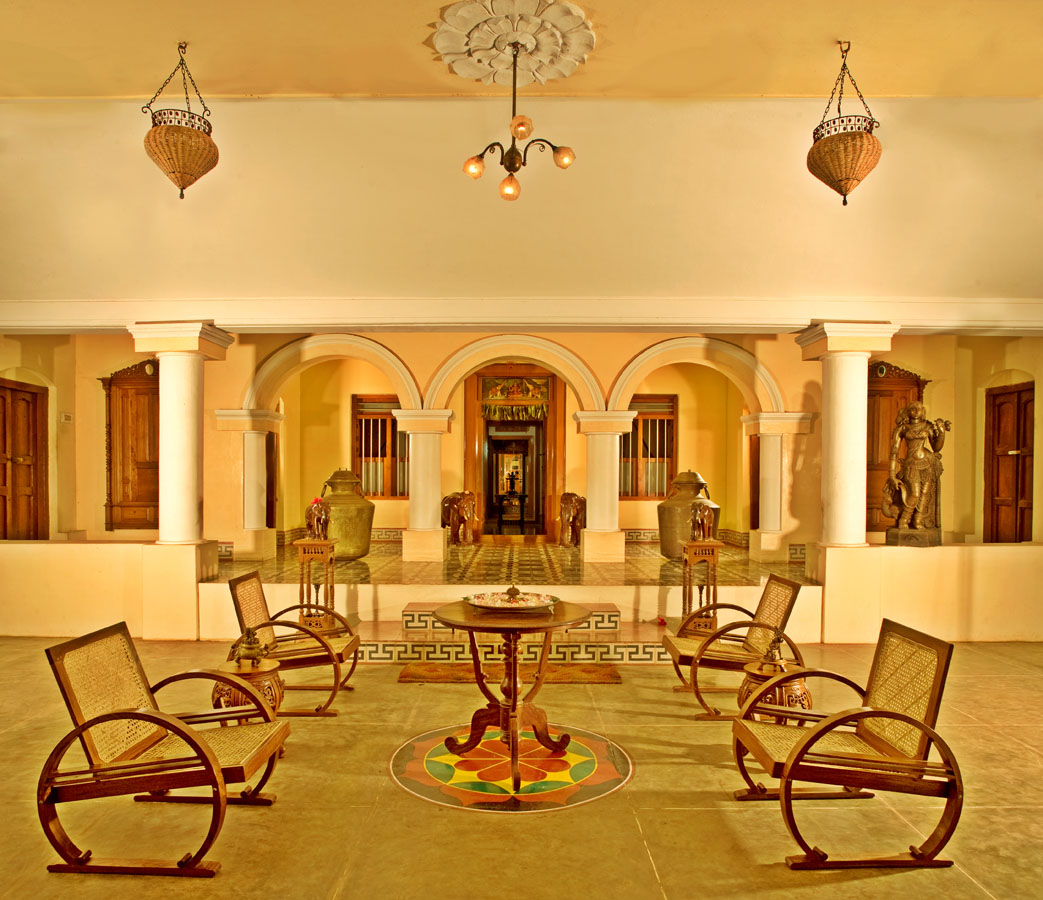
Arriving at our host’s house, their homely welcome showed the contentment that this life brings. We were first given a tour of the portrait photos of their ancestral lineage and it was clear that this land had seen an adequate and modest past. The name Pollachi comes from ‘Pozhil vaaichi’ which means “The land of Natural Wealth and Prosperity”, and surely this abundance may have been reduced but signs of it still remain.
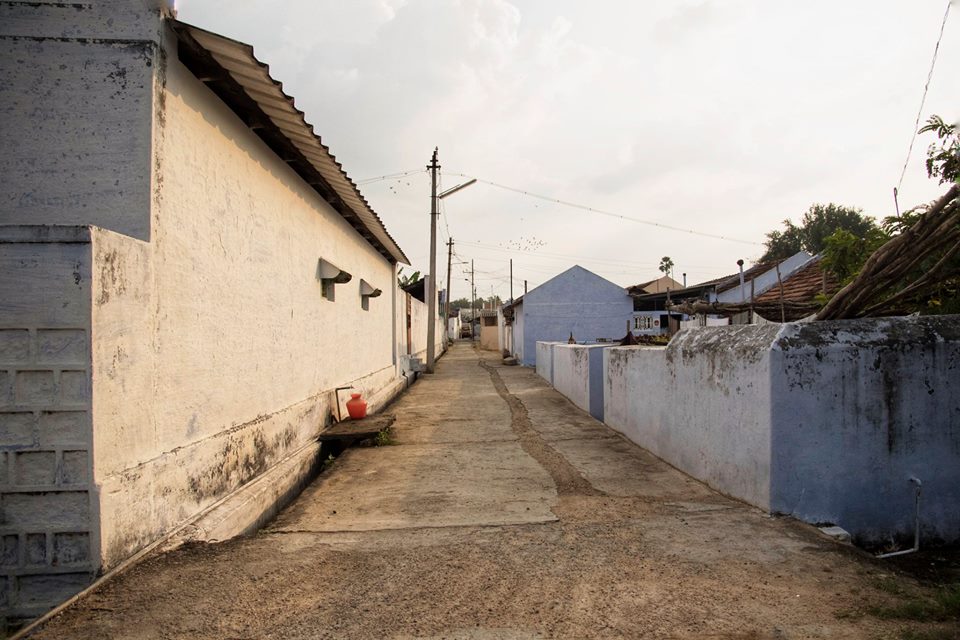
Later, the drive upto Samathur had irked a curiosity that would not have been put to rest without walking out to explore these little villages. As I let the winding streets lead me through robin blue-walled alleys which opened up into village squares and junctions where communal taps were located, it was hard not to overlook the cleanliness that prevailed.
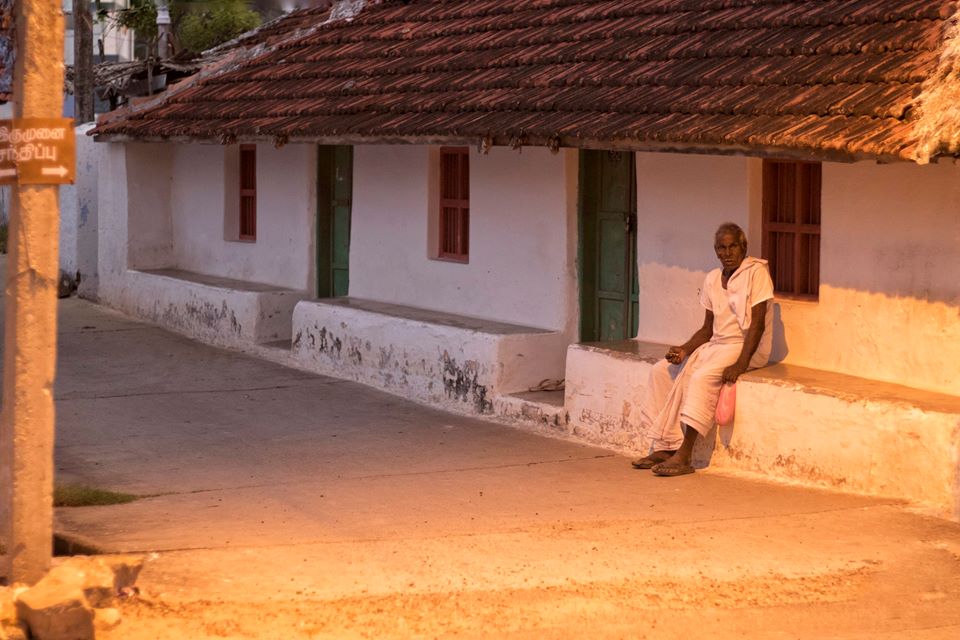
This was so surprising, almost unbelievable, and I started to anticipate when I would finally bump into a garbage dump. But there seemed to be no sign of this very prevalent character of modern India, even as we crossed the boundaries of villages.
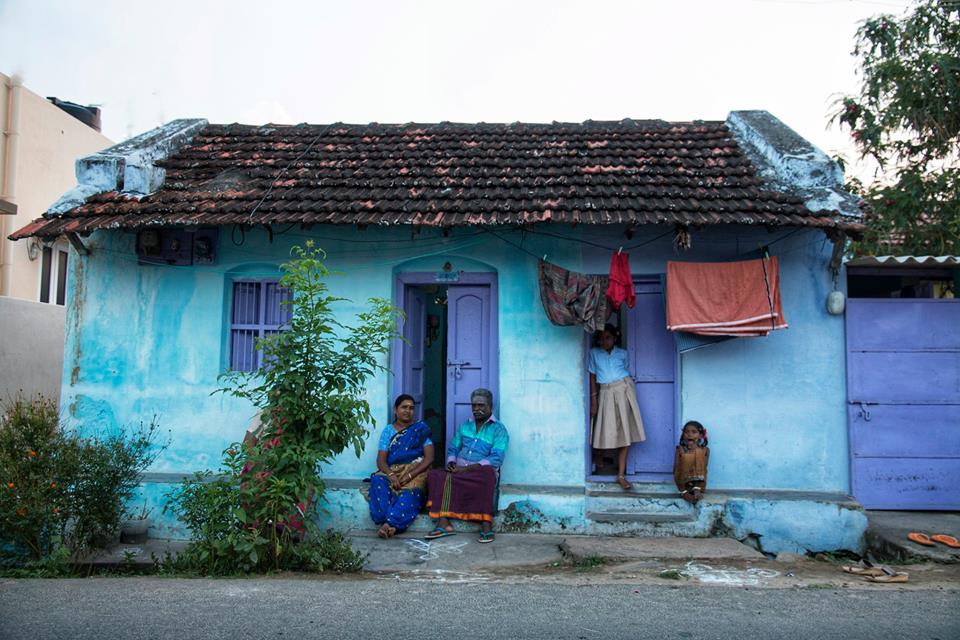
This and the homogeneity maintained in the few distinct architectural characters of the houses and shops brought a timeless reality that I thought were lost even in village India.
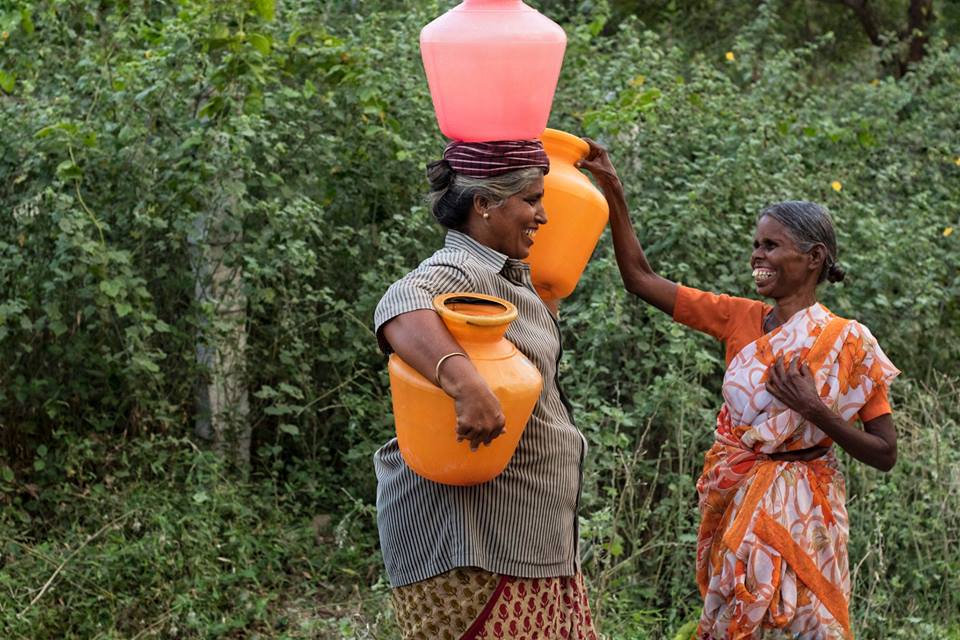
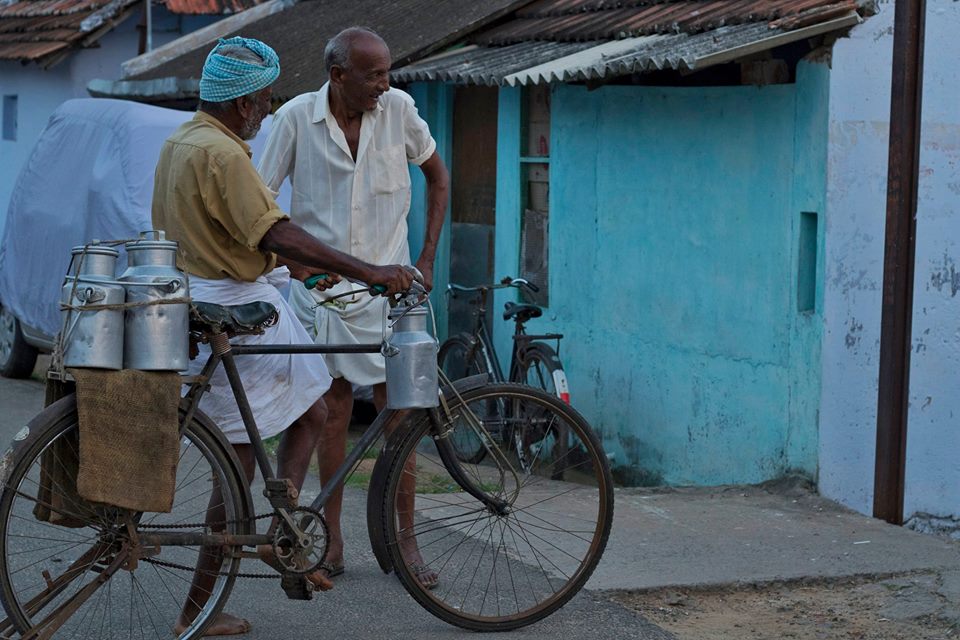
We warmed up to this sanity that seemed to have been preserved in this little corner of the state, and joined the elder ladies at their evening sit-out, joked around with running kids and chatted up with our kattavandi driver asking him many questions, trying to decipher the key to a seemingly empowered communal life that existed there.
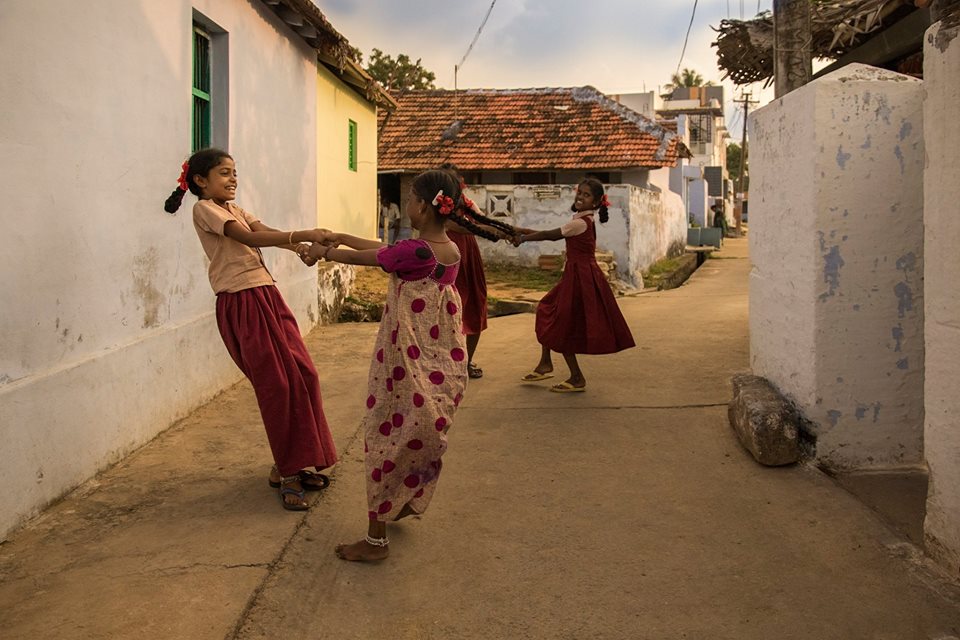
Later, lazing around under the swaying palms outside our guest house, I couldn’t help but wonder how much longer places like this would resist the pressure of rushed chaotic development that most of India has succumbed to.
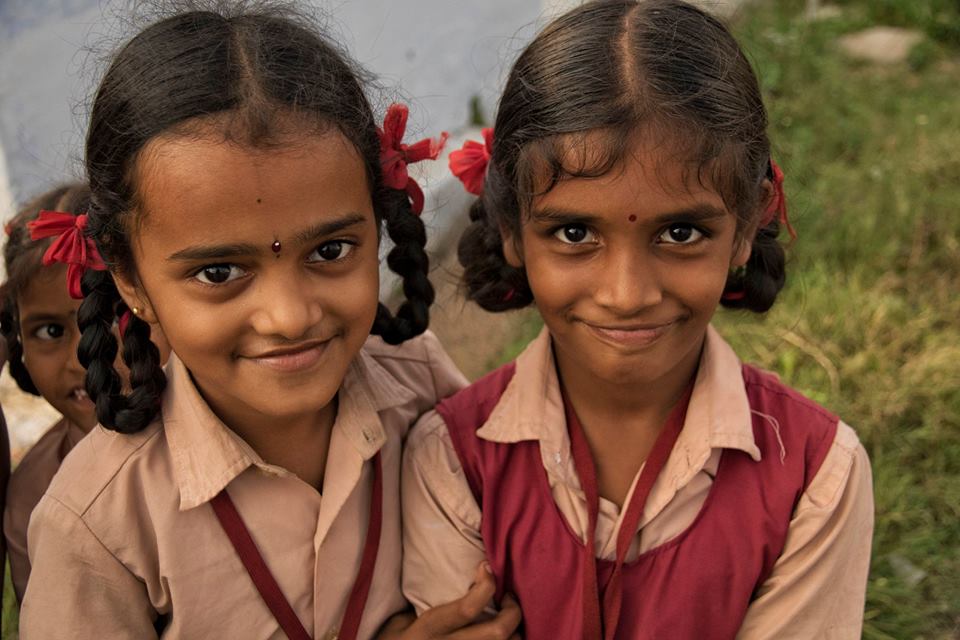
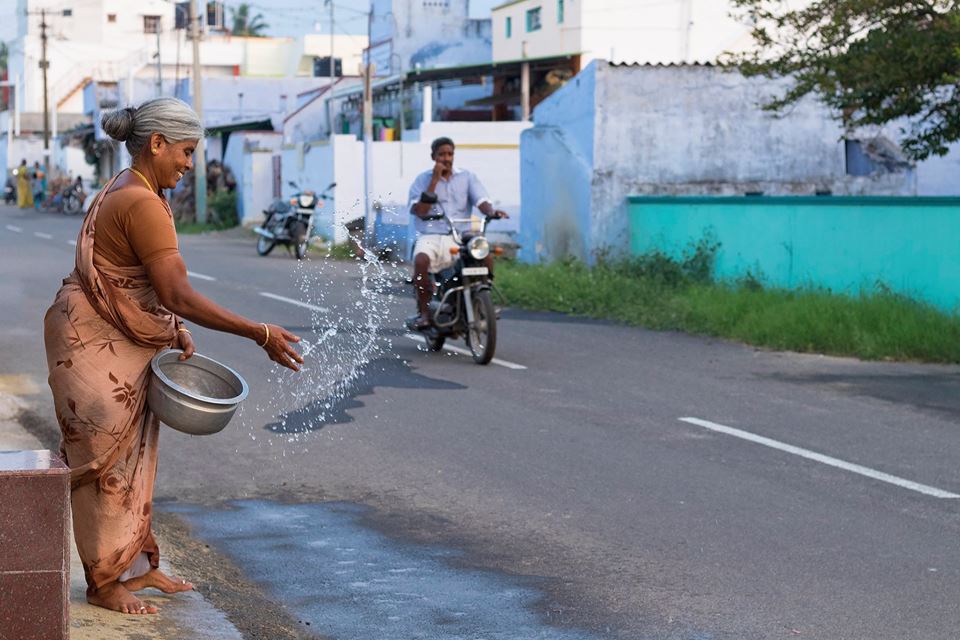
As the squirrels chased each other on the Mango trees, I asked myself why it was so rare to see this strength of unified values that so gracefully holds a community together.
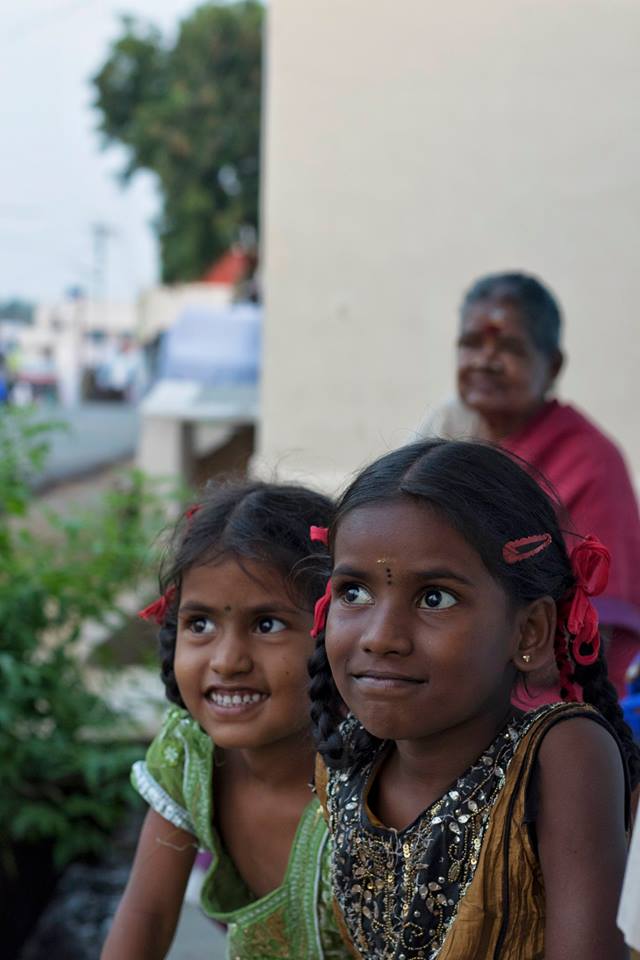
And as the Koel cooed in the distant fields I stayed hours in a dreamy gaze, certain about one thing: to always be in search of places like this, where my thoughts sit still and my mind doesn’t race.
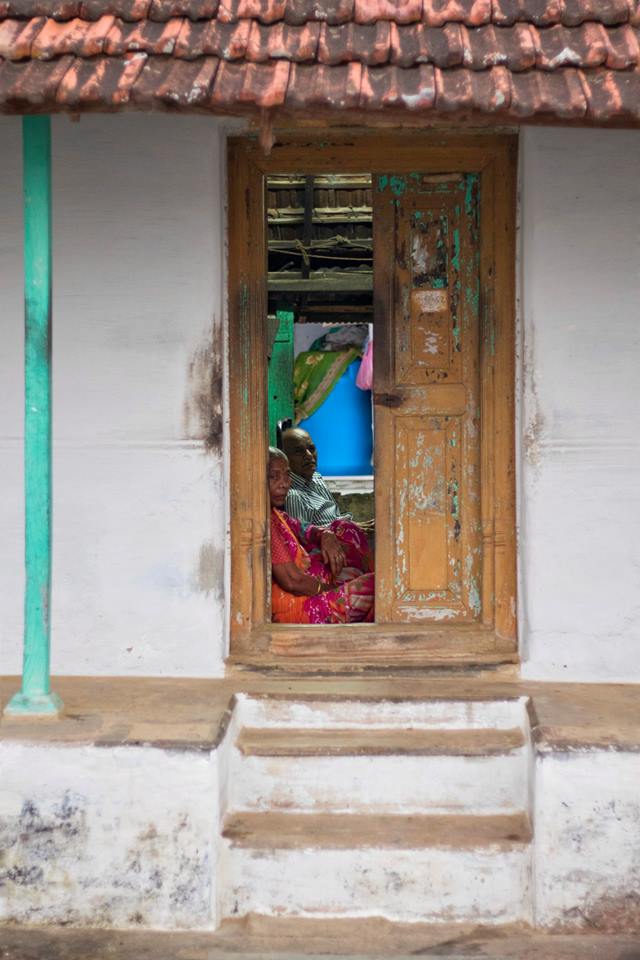
Zamin Samathur can be best experienced by staying at Shenbaga Vilaasam, a regal farm stay belonging to the royal ancestry of the Vanavarayars, the erstwhile Zamindars of the region.

